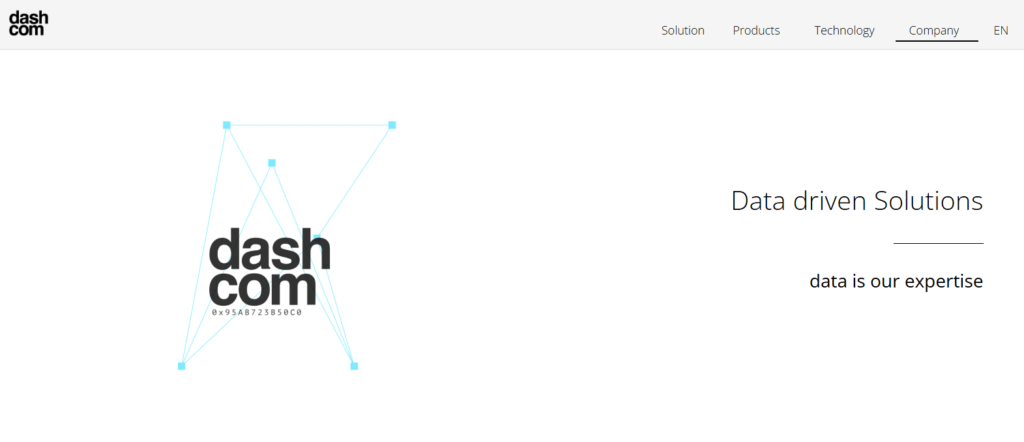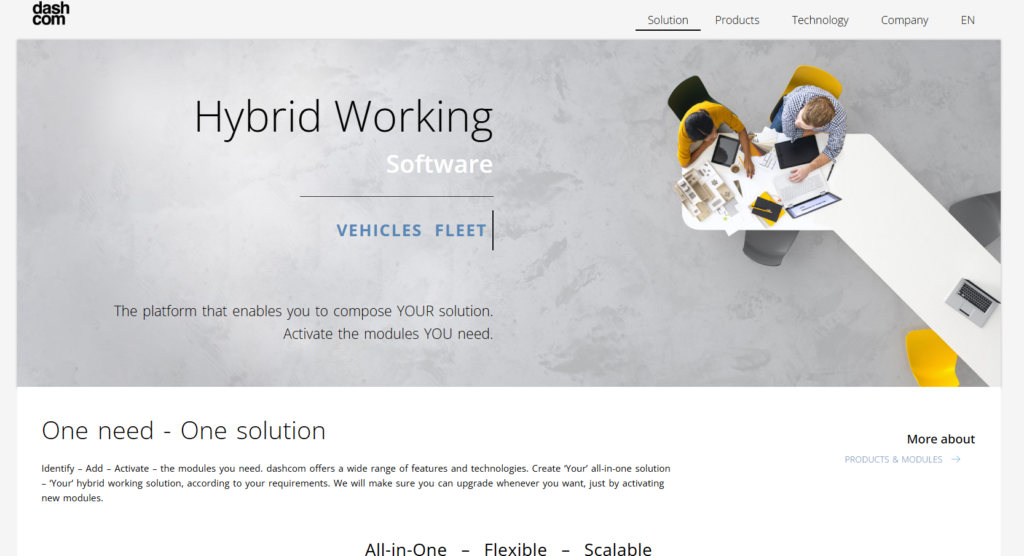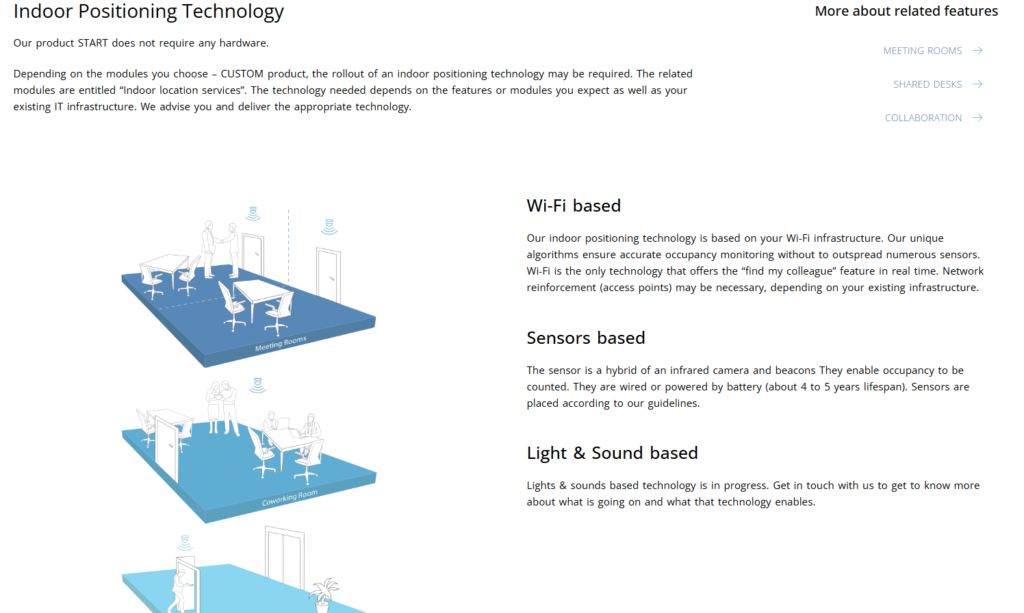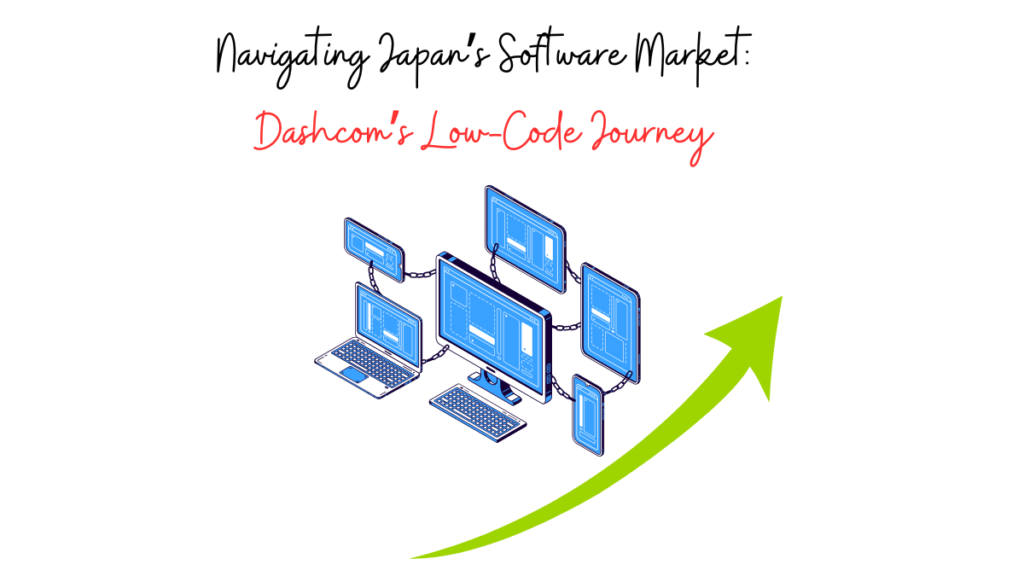Dashcom entered the low-code platform scene with a mission: empower developers and product managers to build essential tools, faster.
Tony Hsu, the mind behind Dashcom, knows the pain points. He left his role as CTO of a publicly traded company to tackle Japan’s soaring demand for internal software solutions.
With just four full-time team members, Dashcom is building momentum in an industry facing a severe engineering shortage. Unlike no-code tools, which require no technical skills, Dashcom’s low-code platform strikes a balance.

It’s designed for users who understand coding fundamentals, allowing businesses to tailor solutions to specific needs without waiting on engineering resources.
One year in, Dashcom has already landed ten paying customers, raising $500,000 in seed funding. With his wife’s support holding down stability, Tony is driving Dashcom’s ambitious plans to scale.
And in a space saturated with SaaS startups, Dashcom’s journey shows what’s possible with a targeted approach and focused market entry.
To read more around strategies like these, check this article: How Did Cloudbeds Harness Technology for Growth to Achieve $100M ARR?
1. Identifying the Market Need
Japan’s software industry has faced a steep talent shortage. With enterprises constantly looking for skilled developers, Dashcom saw an opportunity.
By targeting developers and product managers, they designed a platform that enables quicker, cost-effective solutions.

Low-code platforms cater to these teams perfectly, enabling them to bypass the long wait times and high costs of custom development.
Instead of waiting for complete engineering teams, businesses can rely on Dashcom’s platform to swiftly create the essential tools they need internally.
Key Takeaway: Dashcom’s success stems from identifying and addressing a critical gap in the Japanese software market: fast-tracked internal tool development for companies constrained by the developer shortage.
2. Building from Scratch with a Small Team
Launching Dashcom was a bold move. Tony transitioned from a secure corporate environment to a lean, four-person team supplemented by two contractors.
This setup enabled Dashcom to stay agile while maintaining a high level of expertise within the team.
Starting with a small team kept overhead low and allowed Dashcom to prioritize product development.
Tony’s extensive experience as a CTO allowed him to lead effectively, focusing resources on building a robust platform without the distractions of a large organizational structure.
Key Takeaway: Dashcom’s lean team structure allows it to pivot quickly, focusing exclusively on delivering a quality low-code platform with minimal overhead.
3. Strategic Funding to Fuel Growth
Dashcom’s financial backing—$500,000 from seed investors—has been essential. This capital provided a cushion, enabling the team to prioritize product-market fit over quick revenue generation.
While many startups face the pressure to scale rapidly post-funding, Dashcom took a calculated approach, channeling resources directly into refining its offering and ensuring it resonated with early adopters.
The funding also helped maintain stability for the core team.
With resources directed toward development and testing, they were able to onboard early clients and collect vital feedback for product improvement.
Key Takeaway: Strategic use of seed funding helped Dashcom focus on product-market fit, enabling the company to grow organically with early customer feedback.
4. Building Momentum with Early Adopters
Dashcom’s early adopters included small-to-medium enterprises, all seeking streamlined ways to develop internal tools.
Dashcom’s low-code platform allowed these companies to create functional applications without requiring a full development team.

By targeting enterprises with specific operational needs, Dashcom created a base of committed clients, willing to provide ongoing insights.
These initial clients pay around $200 monthly, a modest but vital income stream that validates the platform’s market potential.
The steady revenue also provided Dashcom with the feedback loop necessary to make refinements, enabling the team to tailor the platform’s features to the actual needs of its users.
Key Takeaway: Early adopters play a critical role in Dashcom’s journey, providing both steady revenue and valuable feedback that drives continuous product refinement.
5. The Path to Product-Market Fit
As a low-code platform, Dashcom aimed to carve out its space in a competitive market by emphasizing functionality over appearance.
The tool’s straightforward UI allows companies to focus on effectiveness, not aesthetics—especially useful for internal tools where speed and functionality are paramount.
Dashcom’s mission aligns with these needs, allowing customers to deploy operational solutions without extensive development timelines.
Through continuous feedback and iteration, Dashcom is inching closer to a solid product-market fit.
By focusing on value over expansion, Dashcom is positioned to deepen its impact in Japan’s market and expand its customer base strategically.
Key Takeaway: Achieving product-market fit requires a focus on value delivery and continuous improvement, especially in niche markets.
What Lies Ahead
Dashcom’s journey is a testament to careful strategy and lean growth.
With a dedicated team, valuable early adopters, and product refinements based on real-world feedback, Dashcom is well-positioned to deepen its foothold in the Japanese low-code market.
At Concurate, we specialize in creating content that resonates—designed to drive leads and build trust with clients who matter.
Our team crafts impactful content that speaks directly to your audience, helping innovative companies like Dashcom turn every article, case study, and post into a stepping stone for growth.
Disclaimer
This article is based on an interview with Tony Hsu, CEO of Dashcom, for an in-depth look at Dashcom’s low-code journey.






